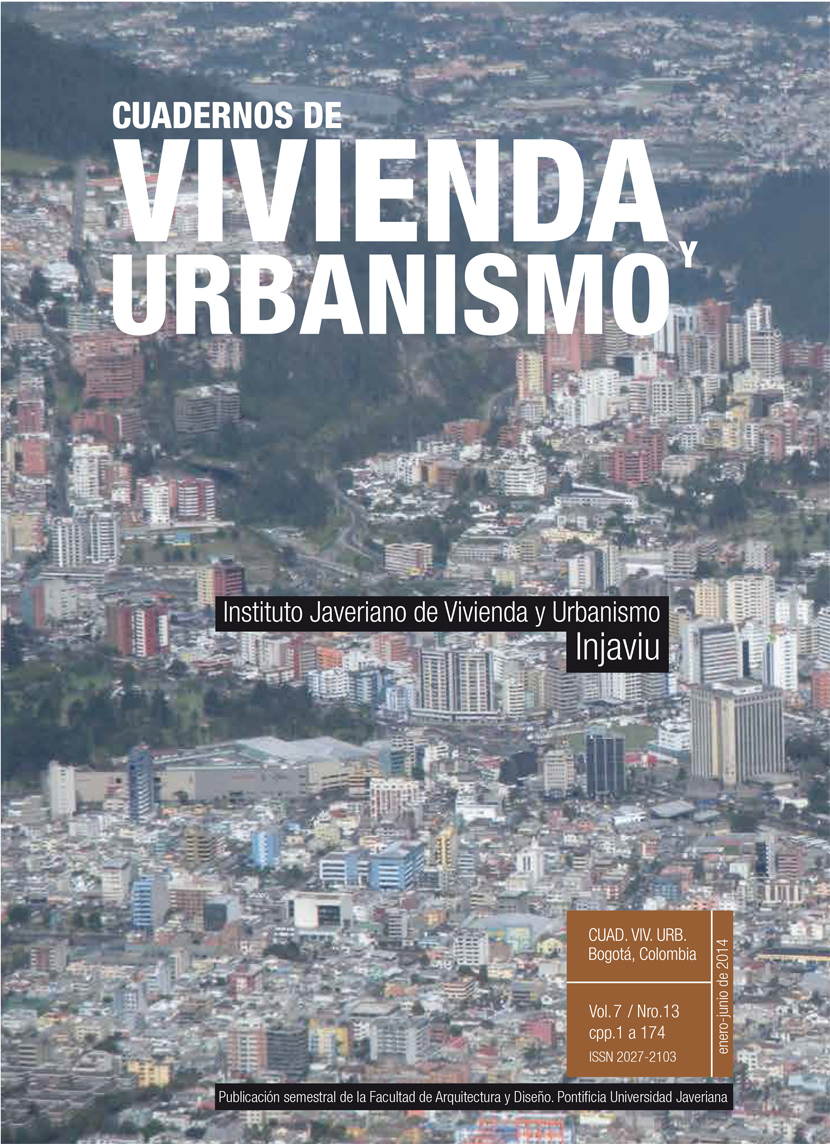Abstract
For cities which are constantly affected by unpredictable events such as earthquakes and tsunamis, open spaces acquire a new value beyond their original uses and turn into catalyzing agents in supporting and rebuilding the city. During the earthquake and tsunami on the 27th of February 2010 in Chile, there was a shift from inhabiting in edified spaces to inhabiting the open space on a temporary basis, which raised new urban challenges in its recognition as an urban active capable of absorption and mitigation in case of a catastrophe. Rather than controlling the impacts of a disaster, it is demanded a new vision that aims to develop a system that recognizes environmental fluctuations of a living topography, in addition to providing ecological and environmental sustainability to the territory at different scales, to constitute a paradigm change for planning and urban design of the metropolitan area of Concepción (MAC).
This journal is registered under a Creative Commons Attribution 4.0 International Public License. Thus, this work may be reproduced, distributed, and publicly shared in digital format, as long as the names of the authors and Pontificia Universidad Javeriana are acknowledged. Others are allowed to quote, adapt, transform, auto-archive, republish, and create based on this material, for any purpose (even commercial ones), provided the authorship is duly acknowledged, a link to the original work is provided, and it is specified if changes have been made. Pontificia Universidad Javeriana does not hold the rights of published works and the authors are solely responsible for the contents of their works; they keep the moral, intellectual, privacy, and publicity rights.
Approving the intervention of the work (review, copy-editing, translation, layout) and the following outreach, are granted through an use license and not through an assignment of rights. This means the journal and Pontificia Universidad Javeriana cannot be held responsible for any ethical malpractice by the authors. As a consequence of the protection granted by the use license, the journal is not required to publish recantations or modify information already published, unless the errata stems from the editorial management process. Publishing contents in this journal does not generate royalties for contributors.


